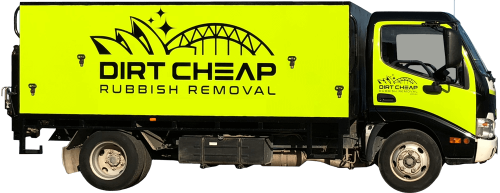Exactly How To Pick The Right Dumpster Dimension For Your Project: A Comprehensive Overview
Exactly How To Pick The Right Dumpster Dimension For Your Project: A Comprehensive Overview
Blog Article
Material Produce By-Matthiesen Fisher
When starting a job that calls for a dumpster, the size you choose can considerably affect its effectiveness and cost-effectiveness. Picture having the best container that fits all your waste without being excessively big or as well small. Everything beginnings with understanding the subtleties of your task and picking a dumpster dimension that lines up with your specific demands. So, before you decide, think about the factors at play to guarantee a seamless waste monitoring process throughout.
Elements to Think about
When picking the ideal dumpster size, there are numerous crucial elements to take into consideration.
First, think of the kind of waste you'll be getting rid of. Various materials might need varying quantities of area, so understanding what you'll be placing in the dumpster is essential.
Next, assess the quantity of waste you anticipate to generate. If you take too lightly the volume, you may require to make several trips to throw away every little thing, which can be troublesome and pricey. On the other hand, renting a dumpster that's also big can bring about unneeded expenditures.
Furthermore, think about the room where the dumpster will be put. Make sure there suffices space for the dumpster to be provided and grabbed without any blockages.
Last but not least, think about any kind of weight limitations that might apply. Going beyond the weight limitation can lead to additional fees and even the refusal of service.
Dumpster Size Choices
For selecting the right dumpster dimension, it's important to have a good understanding of the offered alternatives. Dumpster dimensions commonly range from 10 to 40 cubic lawns, with variations in between.
A 10-yard dumpster appropriates for tiny tasks like a garage cleanout or a tiny renovation. If you're dealing with a medium-sized task such as a cooking area remodel or a cellar cleanout, a 20-yard dumpster may be the appropriate selection.
For 20 yd dumpster rental like a whole-house improvement or commercial building and construction, a 30 or 40-yard dumpster could be better to accommodate the quantity of waste produced.
When deciding on a dumpster size, take into consideration the quantity and type of particles you anticipate to get rid of. It's far better to pick a somewhat larger size if you're not sure to avoid overfilling. Keep in mind, it's more affordable to rent a dumpster that fits your needs as opposed to having to order an extra one.
Matching Dimension to Job
Optimally matching the dumpster size to your task is essential for efficient waste monitoring. To establish the ideal dimension, consider the range and nature of your job.
For little household cleanouts or renovations, a 10-yard dumpster may be enough. These are usually 12 feet long and can hold around 4 pickup lots of waste.
For larger projects like renovating multiple rooms or cleaning out a huge estate, a 20-yard dumpster might be more suitable. These are around 22 feet long and can hold about 8 pickup truck loads.
If you're dealing with a significant building task or commercial restoration, a 30-yard dumpster could be the very best fit. https://howmuchdoesitcosttorentad22211.digitollblog.com/30210162/dodge-these-blunders-for-an-effortless-dumpster-rental-trip have to do with 22 feet long and can fit concerning 12 pickup loads of particles.
Matching the dumpster dimension to your project guarantees you have enough room for all waste products without overpaying for extra capacity.
Verdict
Finally, choosing the right dumpster dimension for your job is vital for effective garbage disposal. By taking into consideration variables like the kind and quantity of waste, space accessibility, weight limitations, and budget plan constraints, you can ensure you have the ideal size dumpster for your demands. Make certain to match the dimension of the dumpster to the scope and nature of your project to prevent overspending on unneeded expenses.
